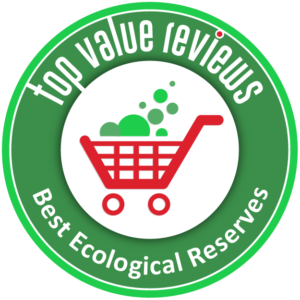More people are traveling today than ever before, and with every airline mile flown, tour bus ridden, and chain hotel constructed, more and more of North America’s stunning natural habitats are being damaged or altogether destroyed.
Luckily, there exist at least 30 amazing ecological reserves whose purpose it is is to protect landscapes and habitats, and the plant and animal life that exist there. While some of the places on our list of the most amazing ecological reserves exist for Ecotourism (tallowing people to see these beautiful places responsibly), others are used for scientific purposes, while still others are left alone entirely. Whatever they’re used for, the 30 most amazing ecological reserves in North America are doing their part to preserve and conserve the countries’ most beautiful natural environments.
Arenal Tilaran Conservation Area
Costa Rica
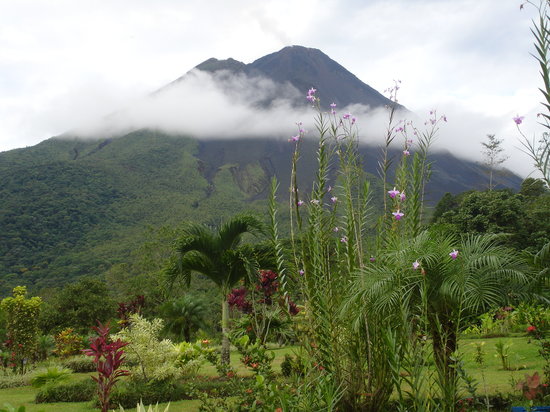
The Arenal Tilaran Conservation Area is a massive, 790-square mile reserve located in the central part of Costa Rica. The Area, which also includes Arenal Volcano National Park, has long been popular among ecotourists — especially, birders. Eight hundred and fifty of Costa Rica’s most impressive bird species can be found here, including the endangered quetzal bird. White-faced capuchin monkeys, jaguar, deer, coati, and snakes also call the conservation area home, as does plenty of plant life.
Baccalieu Island Ecological Reserve
Newfoundland and Labrador, Canada
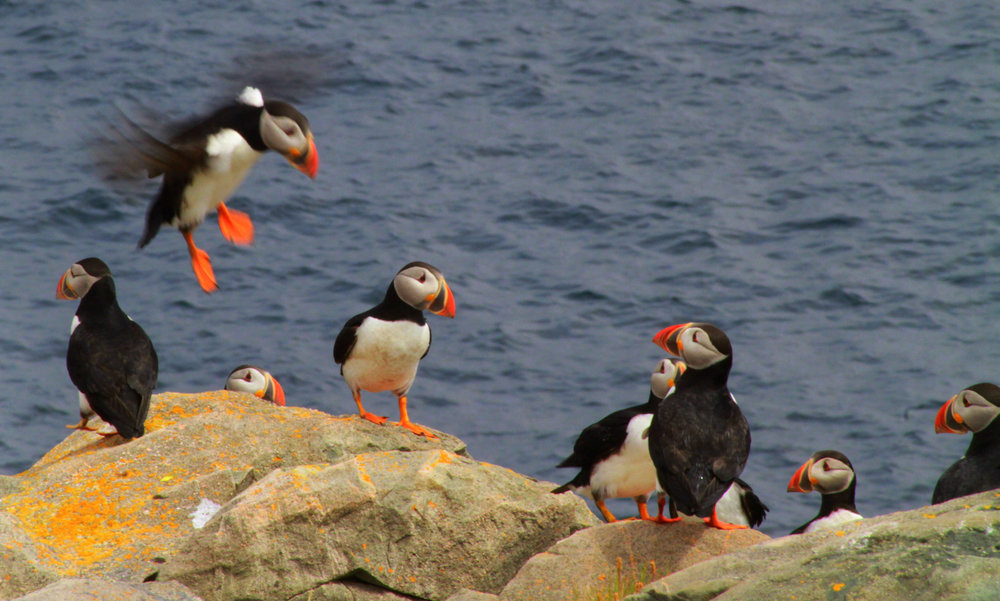
Of the four amazing ecological reserves in the province of Newfoundland and Labrador to make our list, Baccalieu Island Ecological Reserve is easily the largest. Though the island acts as a nesting area for 11 species of birds — including puffins, gannets, murres, razorbills, eider, and gulls — Baccalieu is actually most famous as the chosen residence of the largest known colony of Leach’s storm petrel in the world. Approximately 70% of the western Atlantic population of these unique little seabirds call this beautiful Canadian island home.
Cano Island National Park
Costa Rica
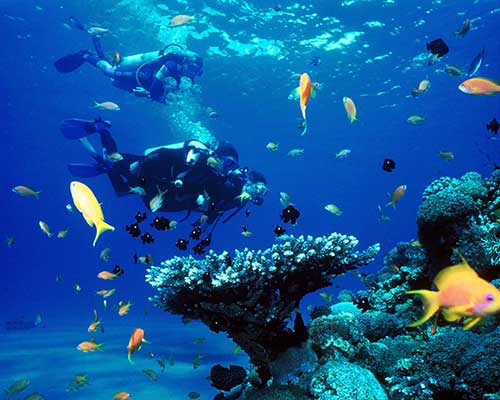
Located near Corcovado National Park, which also makes our list of amazing ecological reserves, Cano Island is a popular ecotourism destination known for its beaches, coral beds, stellar whale watching opportunities, and rich sea life. Manta rays, dolphins, sea turtles, manatees, and a wide variety of fish call Cano Island home, all of which are protected by limited tourism and a full-time ranger patrol. Interestingly, the island also boasts dozens of examples of pre-Columbian human life, including an impressive collection of stone spheres carved by an early population.
Cape St. Mary’s Ecological Reserve
Newfoundland and Labrador, Canada
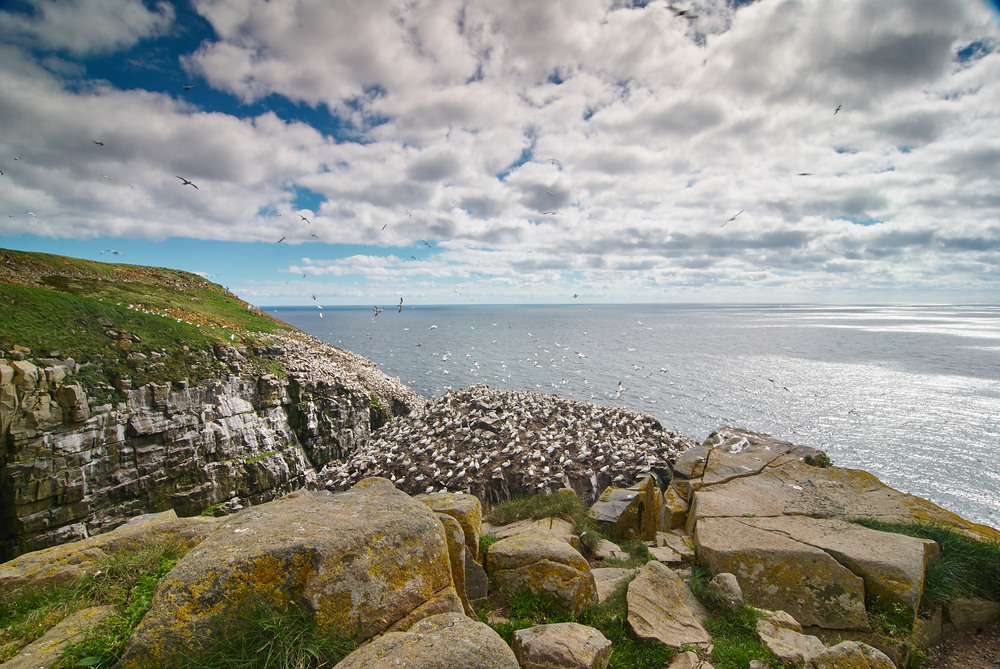
Located on the southwestern Avalon Peninsula, Cape St. Mary’s Ecological Reserve has one of the largest seabird colonies in the world. Thousands upon thousands of common murres, thick-billed murres, black-legged kittiwakes, northern gannets, razorbill, and black guillemot call the Cape home, while each winter brings harlequin ducks, common eiders, scoters, and long-tailed ducks. The Cape is also a great place for whale watching, as humpback whales can often be viewed in the waters just off shore.
Clayoquot Wilderness Resort
British Columbia, Canada
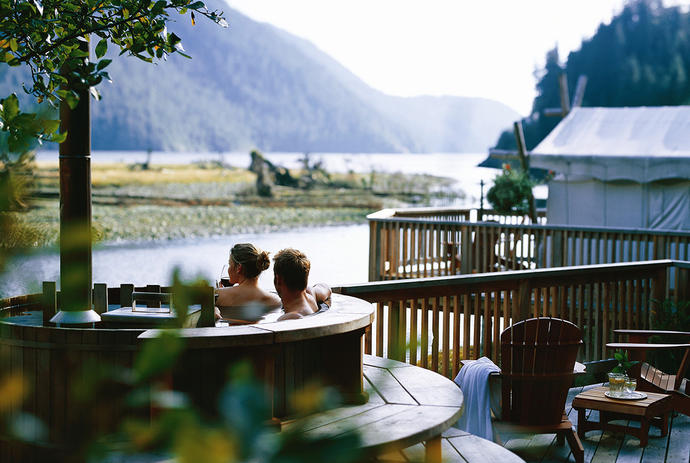
The Clayoquot Wilderness Resort may be one of the most expensive hotels in all North America, but it is also one of the leading eco-resorts and reserves. Nestled into British Columbia’s remote wilderness, the resort offers its guests such intimate nature activities as river kayaking, horseback riding, hiking, and surfing (there’s a secluded beach nearby). By offering visitors a luxurious and relaxing getaway, the resort is able to play a large role in sustaining the surrounding environment, including protecting the area’s wild salmon population and helping to restore indigenous land to the Ahousaht First Nation.
Corcovado National Park
Costa Rica
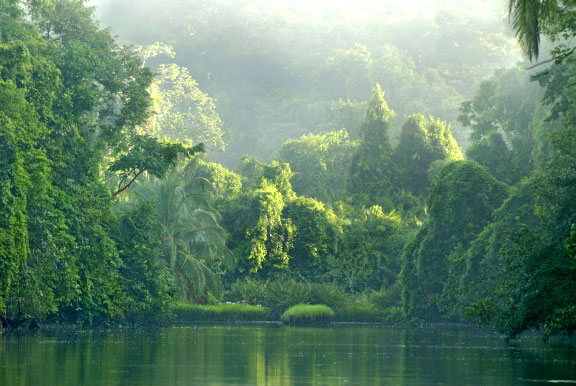
National Geographic called Costa Rica’s Corcovado National Park “the most biologically intense place on Earth in terms of biodiversity.” Indeed, the 164-square mile park and ecological reserve is one of the most popular destinations among both eco tourists and tropical ecologists. A large variety of vegetation types, including more than 500 species of trees, make the park a perfect conservation area for its many animal species, including the endangered Baird’s tapir and the rare harpy eagle, plus monkeys, bull sharks, spectacled caiman, American crocodiles, poison dart frogs, and sloths, to name but a few.
El Eden Ecological Reserve
Quintana Roo, Mexico
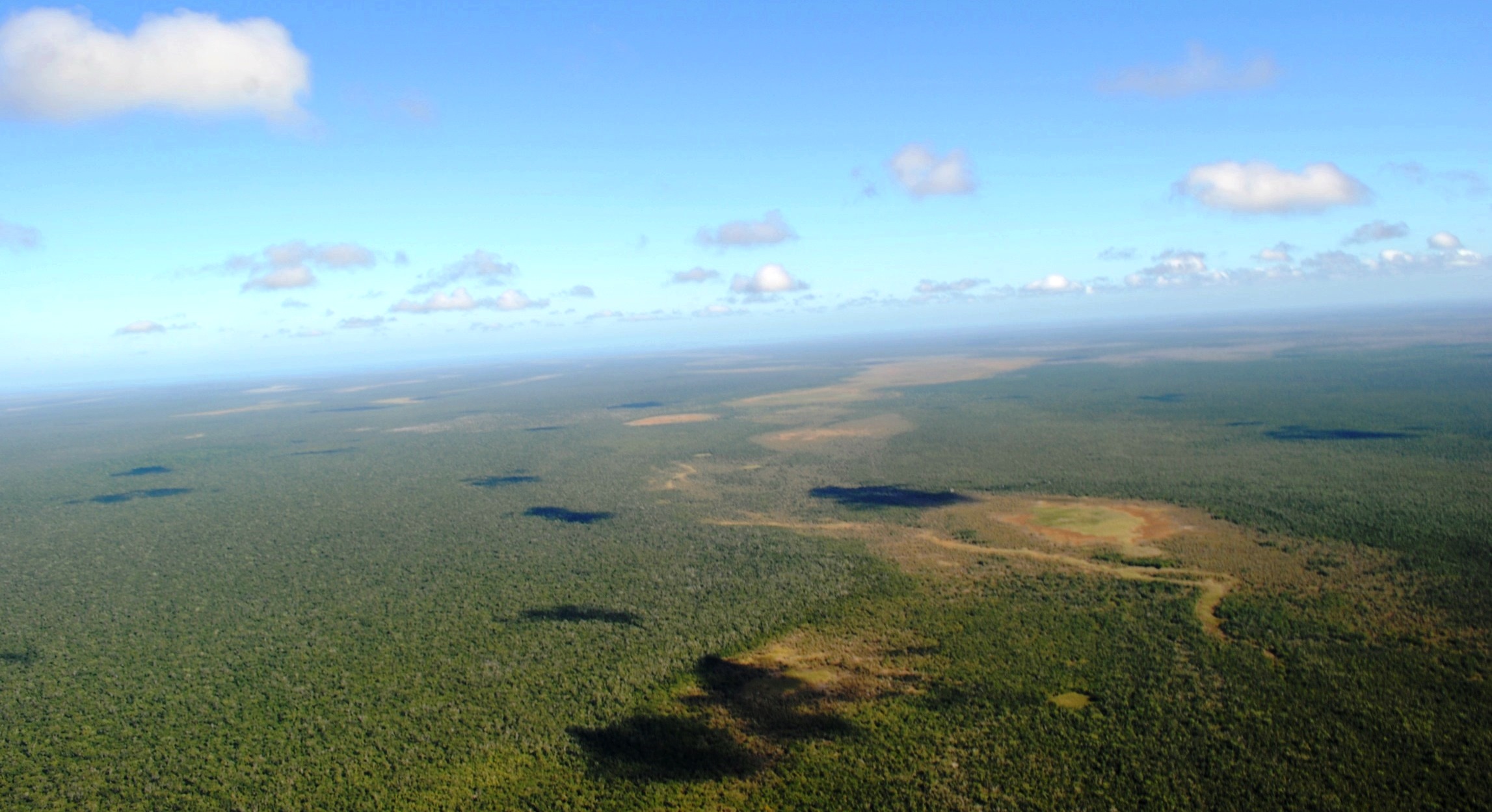
Unlike most other ecological reserves, which are government sponsored, El Eden Ecological Reserve is a privately-run natural protected area of Mexico’s tropical rain forest. Seven major ecosystems exist within the Reserve, including different types of rain forest, palm grove, savanna, wetlands, and cenote. For this reason, El Eden is a very important research post for a variety of projects having to do with its magnificent flora and fauna.
El Vizcaino Biosphere Reserve
Baja California, Mexico
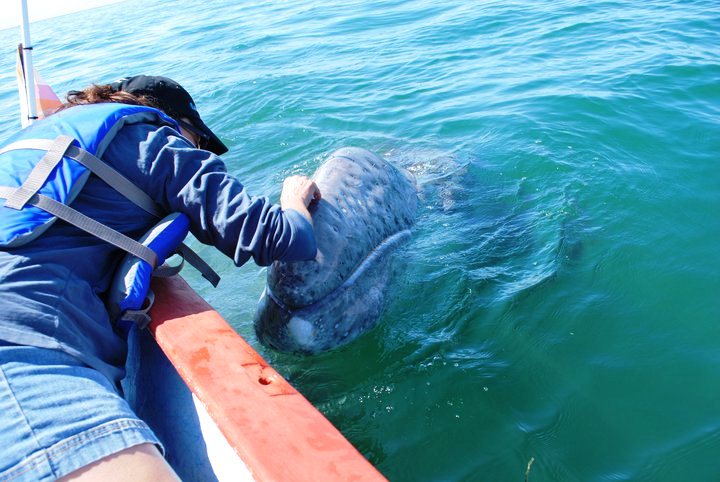
Located at the center of the Baja California Peninsula between the Gulf of California and the Pacific Ocean, El Vizcaino Biosphere Reserve is Mexico’s largest wildlife refuge. Its nearly 10,000-square miles receive very little rainfall, but lots of intense wind — an uncommon desert climate that has resulted in uniquely adapted plants and animals. Coyotes, rodents, hares, and bighorn sheep are commonly found here, while the Baja California pronghorn is one of a few interesting endemic animals.
Everglades National Park
Florida, U.S.A.
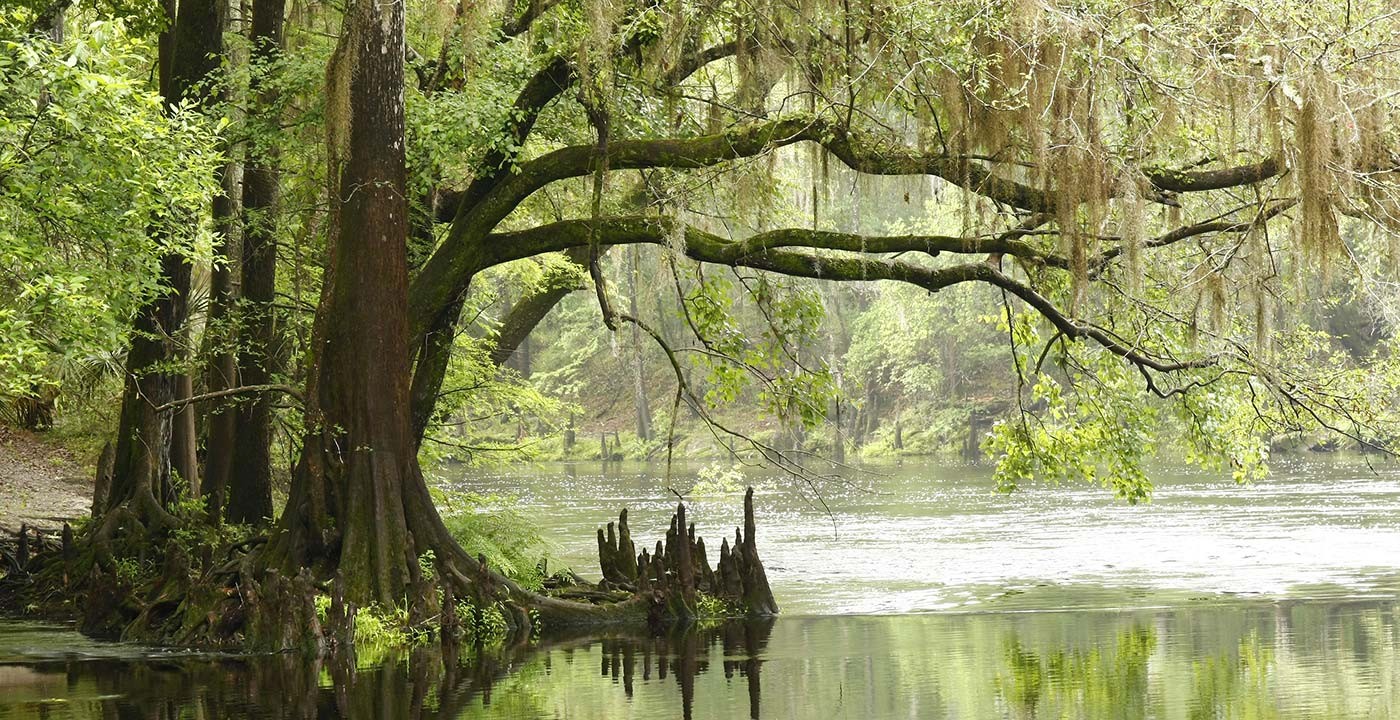
Most people think alligators when they hear of Everglades National Park. Though that’s a fair association, the Everglades are so much more than that! This amazing ecological reserve protects the southern 20% of the original Everglades. It is home to 36 extremely endangered, federally protected animals, including the American Crocodile, most of the 50 Florida panthers still in existence, the Cape Sable seaside sparrow, and the West Indian manatee, to name a few. There are also alligators.
Gannet Islands Ecological Reserve
Newfoundland and Labrador, Canada
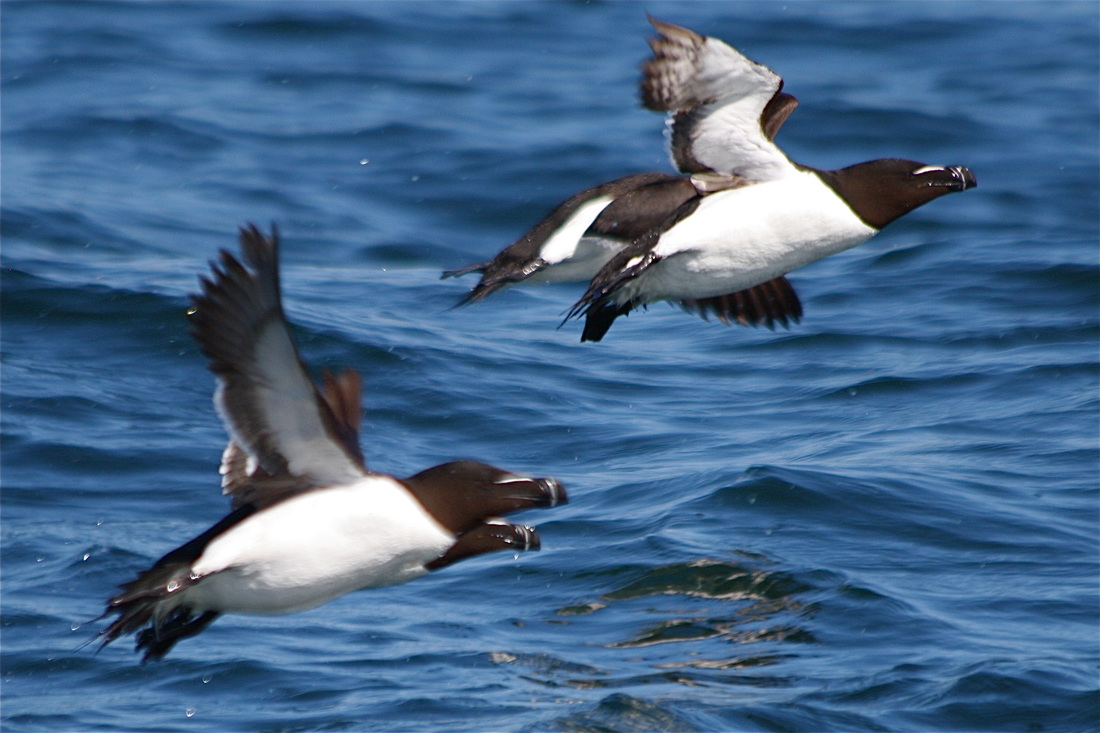
Perhaps it should be called Razorbill Islands Ecological Reserve… Though the gannet bird has never made its home on these rocky Canadian islands, Gannet Islands Ecological Reserve is the home of the largest razorbill colony in North America (not to mention, the third largest colony of Atlantic puffins and some 70,000 murres). The Islands were established as a reserve in 1964 to protect these birds, as well as the interior tundra vegetation that includes dwarf sedges, low-lying heaths, and various shrubs. Unfortunately for puffin and razorbill lovers, access to the Gannet Islands is limited to scientific researchers.
Isla Bastimentos National Marine Park
Panama
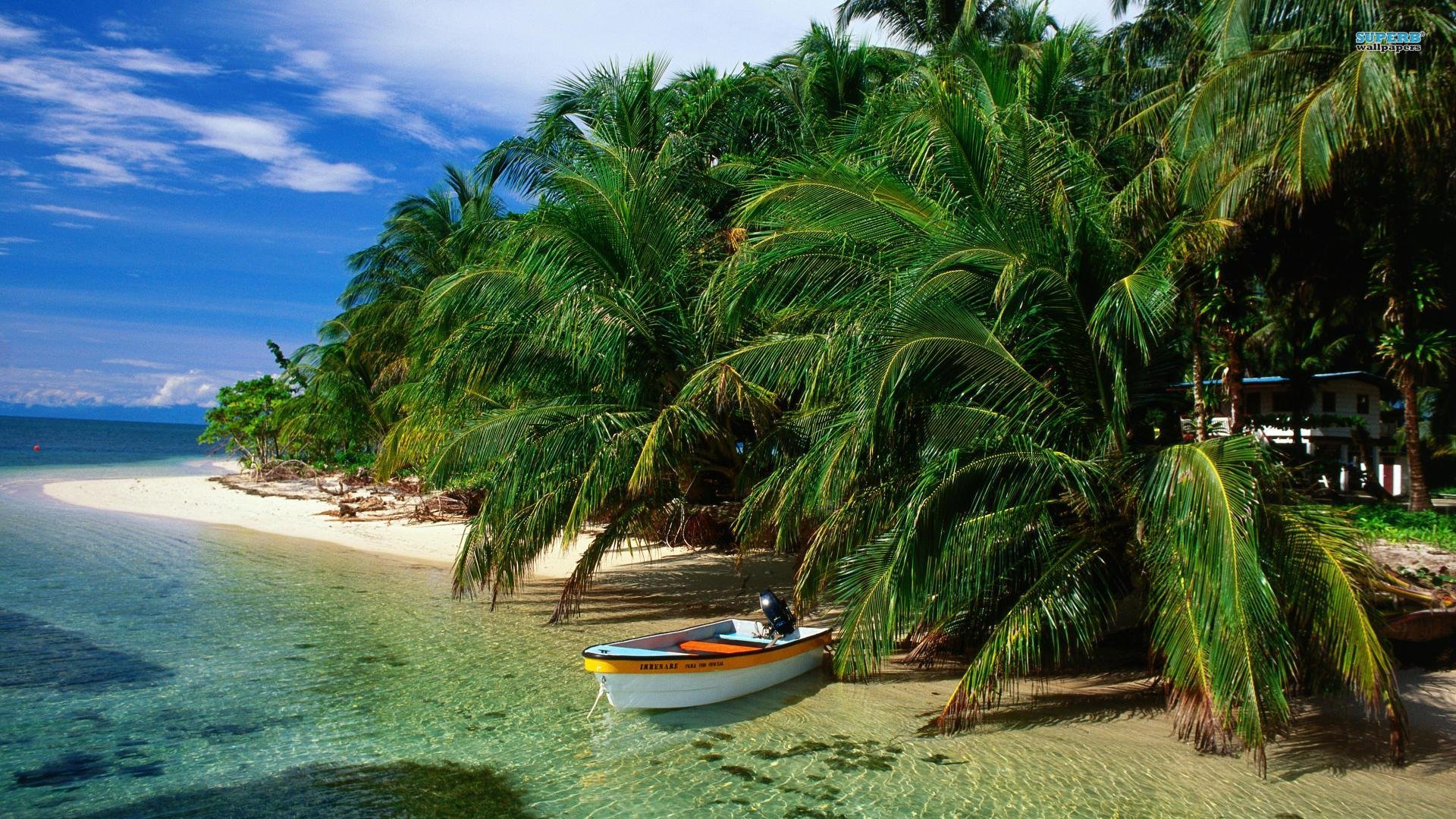
Founded in 1988, Panama’s Isla Bastimentos National Marine Park is a 33,000-acre archipelago. The park stretches through three of the country’s biggest beaches, then extends well into the Caribbean Sea, providing plenty of space for the national park’s many plant and animal species to thrive without threat from the damages of tourism and other progress. The park’s forests and mangroves protect monkeys, sloths, caiman, crocodile, four species of endangered sea turtles, and 28 species of amphibians and reptiles, including the strawberry poison-dart frog.
The Islands and Protected Areas of the Gulf of California
Mexico
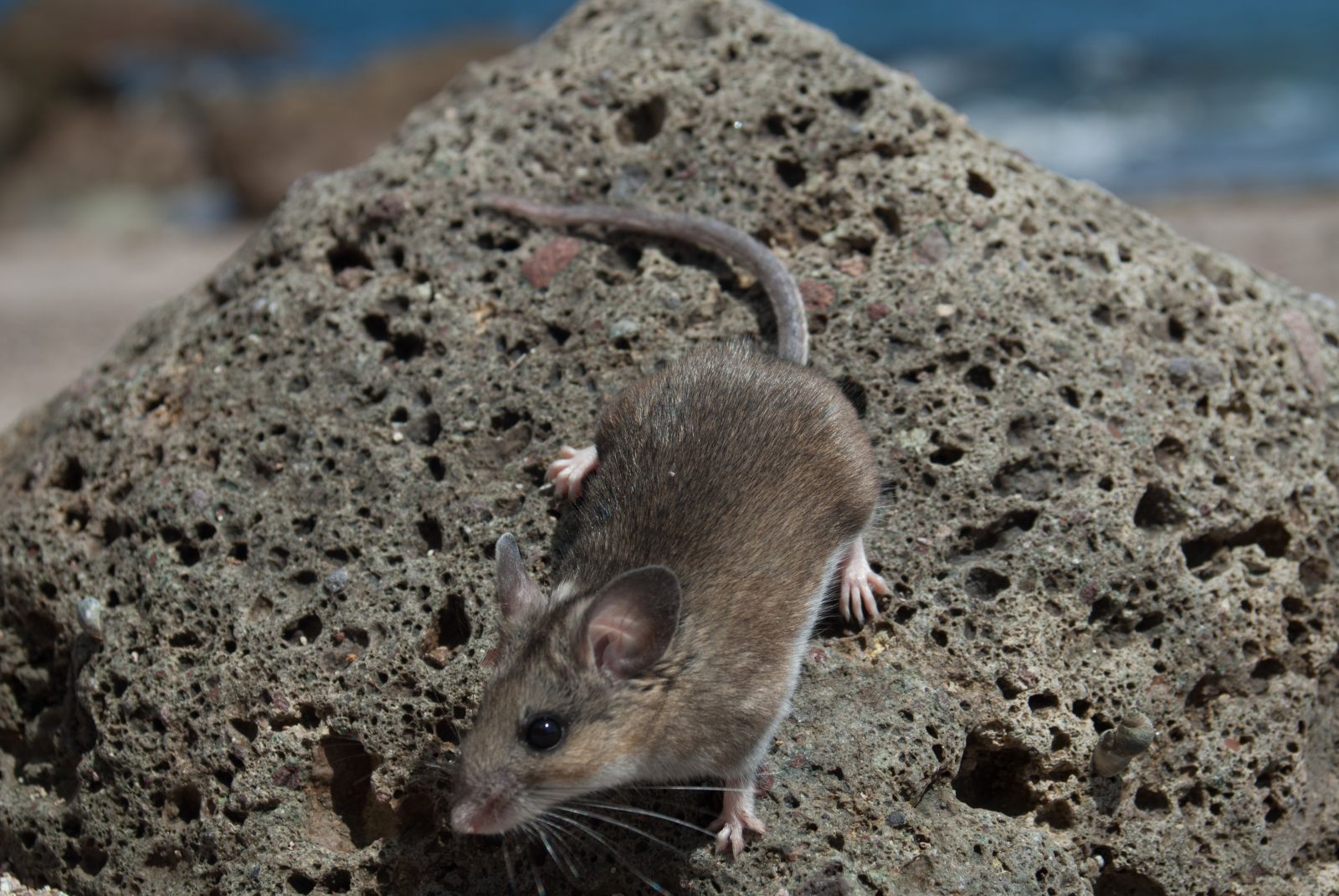
Consisting of 244 islands and coastal reserves covering more than 14,000 square miles, this massive world heritage site is one of the world’s most globally important ecological reserves. The stunning islands, many of which are instantly recognizable for their jagged cliff edges, are home to a huge number of critically endangered rabbits and mice, including the Monserrat Island deer mouse, the Coronados deer mouse, Catalina deer mouse, the San Jose brush rabbit, and the San Jose Island kangaroo rat. While tourism on the islands themselves is non-existent, research boats can often be spotted around the islands in waters considered very important for marine life.
Islas Marietas National Park
Nayarit, Mexico
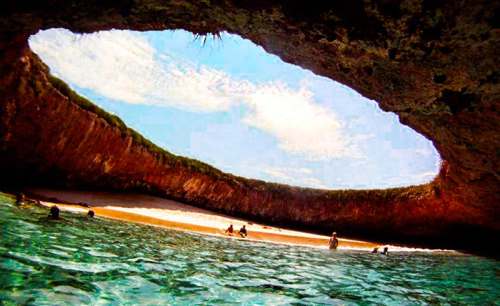
The Marieta Islands, located only a few miles off the coast of Mexico, are inhabited by a mere 50 species of plants and wildlife, including various varieties of coral, dolphins, manta rays, sea turtles, and tropical fish. The annual presence of nesting blue-footed boobies and red-billed tropicbirds led to the islands being named both a national park and a UNESCO Biosphere Reserve. Though protection by the Mexican government has greatly limited tourism to the islands, visitors are still able to swim, snorkel, or dive around the islands; whale watch with specific permit-holding tourism companies, and visit the island’s famous “Hidden Beach.”
Isle Royale Biosphere Reserve and National Park
Michigan, U.S.A.
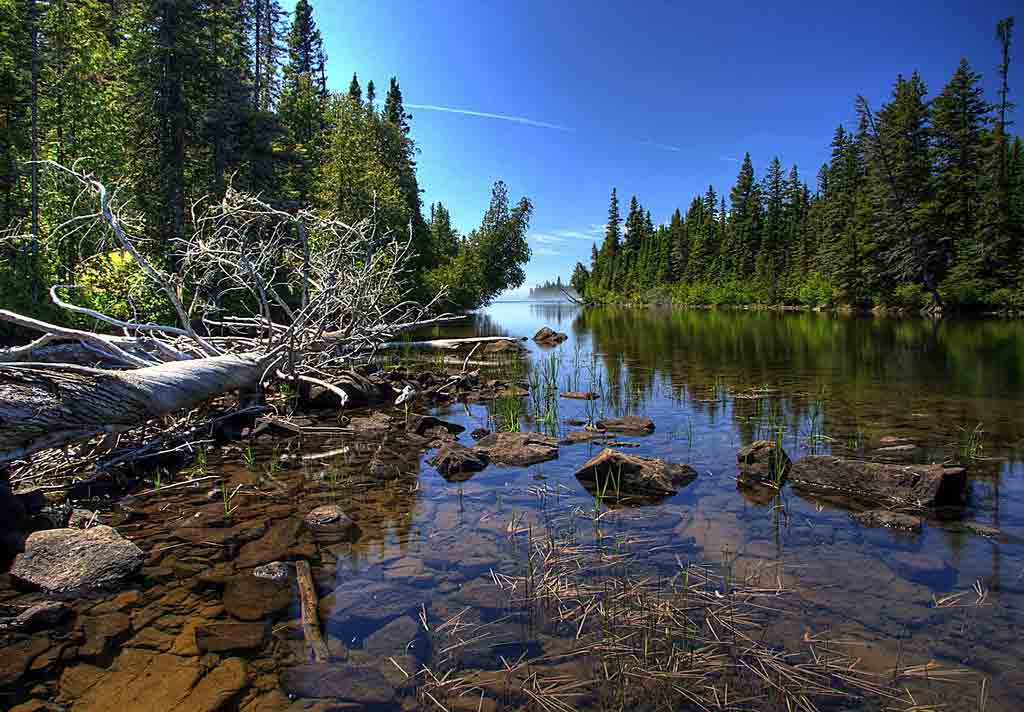
Lake Superior and the other Great Lakes have long been popular weekend and summertime getaway spots for American Midwesterners, and such hefty tourism has taken its toll on the local wildlife population. Luckily, there exists Isle Royale Biosphere Reserve and National Park, a remote island located in the northernmost portion of Lake Superior. Isle Royale is renowned for a number of reasons, most notably: as a predator/prey study habitat for wolf and moose; as the most productive native fishery in Lake Superior; and for its large and healthy forest populations of boreal conifer, northern hardwood, white spruce, paper balsam, and balsam fir.
Long Point World Biosphere Reserve
Ontario, Canada
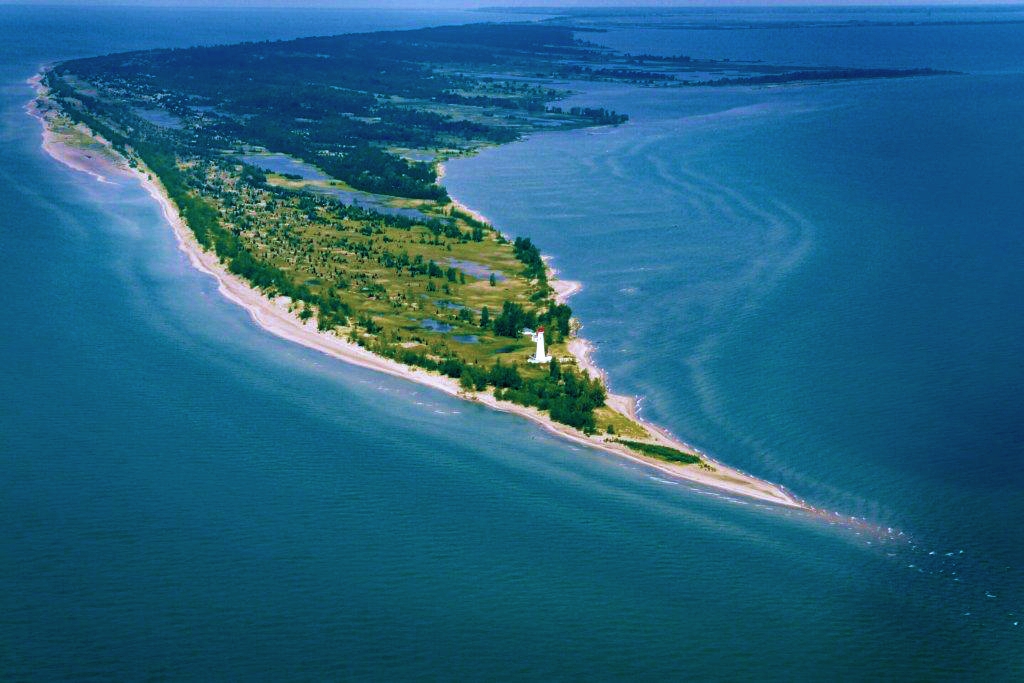
Located on the shores of Lake Erie in Ontario’s Norfolk County, the Long Point World Biosphere Reserve is one of Canada’s leaders when it comes to ecological reserves. The Reserve and its foundation work closely with other biosphere reserves as well as various communities to promote a number of projects that support the goals of sustainability and biodiversity in Canada. Their projects include turtle poaching, improving the Long Point Causeway, and various research projects. The Reserve is quite the pretty sight, too, as it supports a habitat that is home to one of the largest remaining forest tracts in Canada, as well as large numbers of flora and fauna.
Monarch Butterfly Biosphere Reserve
Michoacan, Mexico

When it comes to ecotourism, there are few sites as incredible as the Monarch Butterfly Biosphere Reserve. Located about 20 miles outside of Mexico City, this World Heritage Site is the wintering place for the overwhelming majority of the eastern population of monarch butterflies. From approximately October through March millions of butterflies can be seen here. To assist in butterfly conservation efforts, the Reserve offers guided tours to the public, while the nearby town of Angangueo does its part with its annual Festival de la Mariposa Monarca (Monarch Butterfly Festival).
Northeast Greenland National Park
Greenland

Northeast Greenland National Park is the world’s largest national parks, and therefore just had to be included on our list of the most amazing ecological reserves in North America! The park protects 375,000 square miles of Greenland’s coast, plus the many musk oxen, polar bears, walrus, foxes, seals, and whales that live here. Birds include various types of goose, common and king eiders, gyrfalcons, the snowy owl, sanderlings, ptarmigan, and ravens.
Nurture Through Nature
Maine, U.S.A.
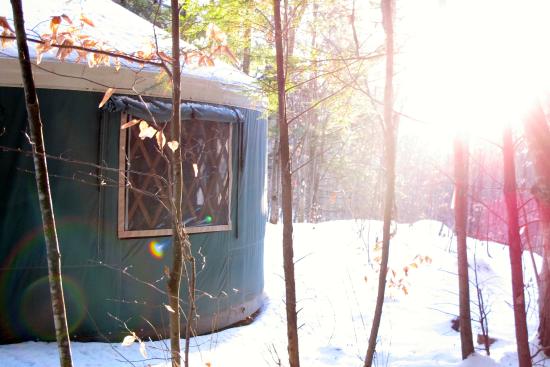
Maine, with its population of only 1.3 million residents, has long depended upon tourism to drive its economy. Now, thanks to organizations like Nurture Through Nature, Maine has become a driving force for ecotourism in the United States. Located in Denmark, Maine, on 33 forested acres in the heart of the state’s lakes and mountains region, this ecological reserve and retreat center attracts visitors with its impressive collection of private hiking trails, spring-fed creeks, and stunning mountain views. While staying in one of the eco reserve’s well-accommodated yurts, visitors can also join in yoga classes, guided meditation, holistic life coaching, massage therapy, and even a private sauna.
The Pacific Remote Islands
Pacific Ocean
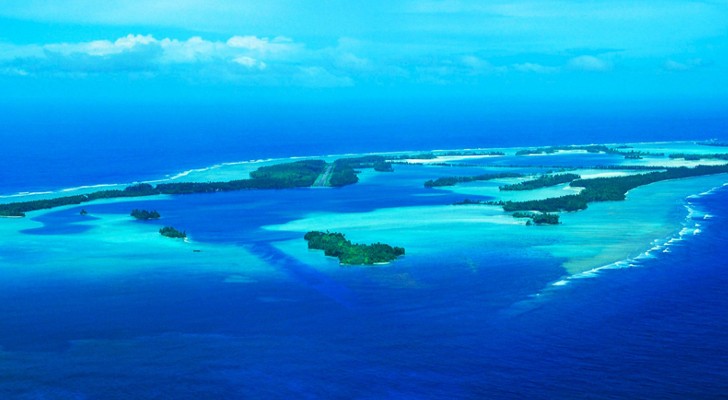
At twice the size of Texas, the Pacific Remote Islands make up the largest marine reserve in the world. This amazing ecological reserve was created by the U.S. government as recently as September 2014, and protects large patches of Pacific Ocean surrounding U.S.-controlled islands and atolls. Ocean-destroying activities such as mining and commercial fishing are prohibited within the eco reserve in order to protect the seamounts and coral colonies that are home to tuna, turtles, manta rays, sharks, seabirds, and cetaceans.
Papahanaumokuakea Marine National Monument
Hawaii, U.S.A.
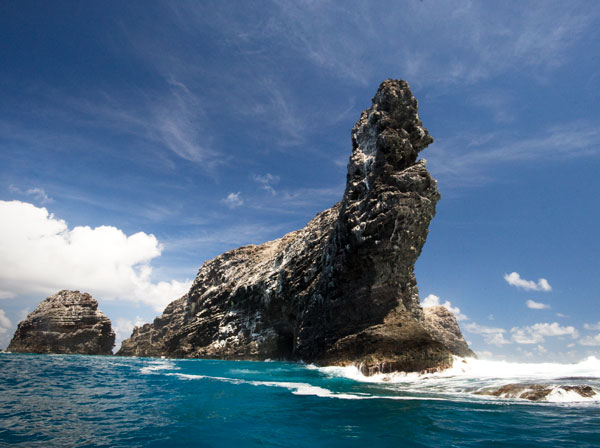
Made up of 10 islands and atolls located in the northwestern part of the Hawaiian Islands, this amazing ecological reserve also boasts the status of UNESCO World Heritage Site. Few people travel here, making it an ideal place for the islands’ flora and fauna to flourish. Indeed, the monument is home to 7,000 different animal species, including the endangered Hawaiian monk seal.
Rocky Mountain National Park
Colorado, U.S.A.
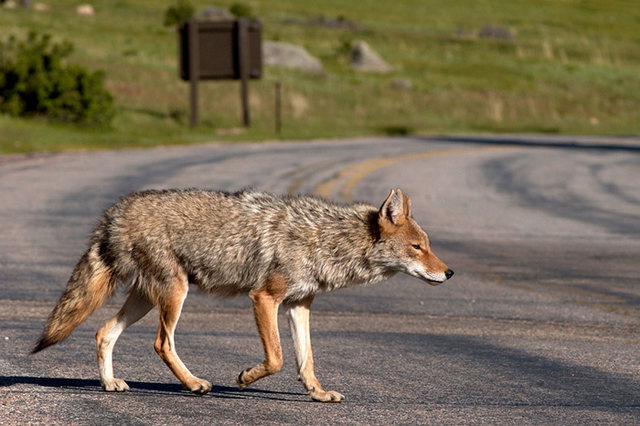
Like other national parks, Colorado’s Rocky Mountain National Park was created to help protect the flora and fauna of the surrounding region. Visitors to the Park are likely to catch a glimpse of some of the elk, bighorn sheep, mule deer, and moose that live here. But what makes this national park so amazing is its dedication to the protecting the coyote, whose population has been decimated in recent decades. To get up close to, and gain a respect for, these elusive animals, visitors can take the aptly named Coyote Valley Trail, an easy one-mile loop along the Colorado River.
Rookery Bay National Estuarine Research Reserve
Florida, U.S.A.
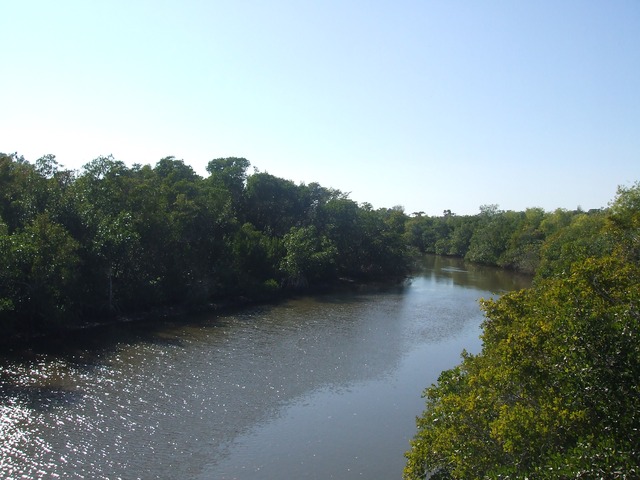
Rookery Bay National Estuarine Research Reserve in Collier County, Florida protects one of the few remaining mangrove estuaries in North America. But that’s not this amazing ecological reserve’s only accomplishment. The more than 100,000 acres of pristine mangrove forest is also home to hundreds of wildlife species, including somewhere around 150 species of birds, many of which are threatened or endangered. Nearly 750,000 people visit the reserve annually to learn about the mangrove forest and partake in recreational, earth-friendly, activities such as hiking, sailing, and bird watching.
Sable Island National Park Reserve
Nova Scotia, Canada
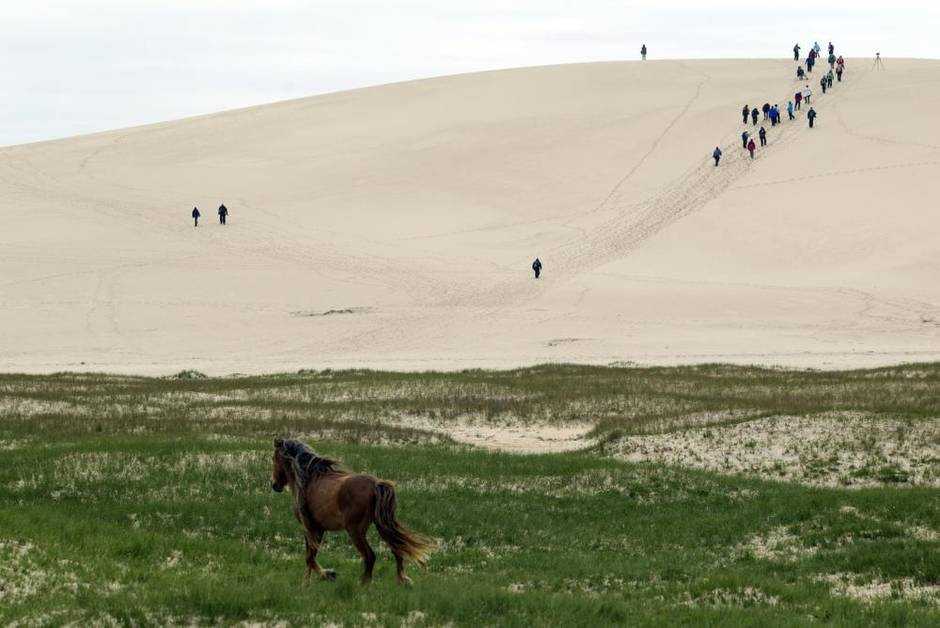
Once known as the “Graveyard of the Atlantic” thanks to the many ships that met their demise on its shores, Canada’s Sable Island is a 26-mile long sandbar located some 180 miles off the coast of Nova Scotia. Six people reside on the island to run a meteorology station, though the Island’s most impressive inhabitants are surely the more than 500 wild Sable Island Horses that give the place its status as a reserve. The horses are free roaming and self sustaining throughout the year, and during the months of breeding season they share the Island with some 50,000 gray seals.
Sadie Cove
Alaska, U.S.A.
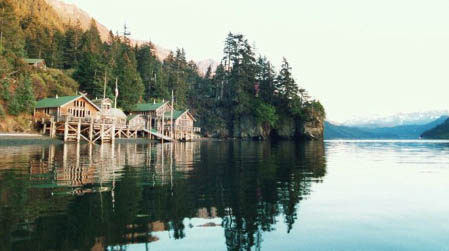
Visitors to Homer, Alaska can take a water taxi to beautiful Sadie Cove, an amazing ecological reserve located in Kachemak Bay State Park. There, they’ll find Sadie Cove Wilderness Lodge, a popular destination for ecotourists looking to enjoy hiking, fishing, and wildlife watching without leaving a trace. Each of the off-the-grid coastal cabins are built from milled local driftwood and powered via wind and hydroelectric power. In addition to the Earth-friendly activities, the Lodge also sponsors nature walks to tidal flats and alpine valleys, and is working on getting the region declared as a sanctuary for mountain goats.
Sian Ka’an
Quintana Roo, Mexico
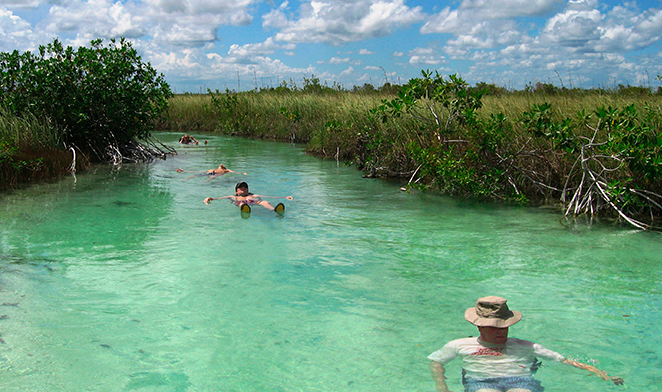
With the popularity of Tulum as a vacation destination skyrocketing in recent years, it has become more important than ever to protect the thousands of species of flora and fauna that call the Mexican Caribbean home. Enter the Sian Ka’an Biosphere Reserve, a UNESCO World Heritage Site located near Tulum on the eastern coast of Mexico’s Yucatan Peninsula. Visitors staying at one of Sian Ka’an’s eco-friendly resorts can spend their days sunbathing on the postcard-perfect white sand beaches, diving the freshwater cenotes, or exploring the nearby Mayan ruins.
The Stanford Inn by the Sea
California, U.S.A.
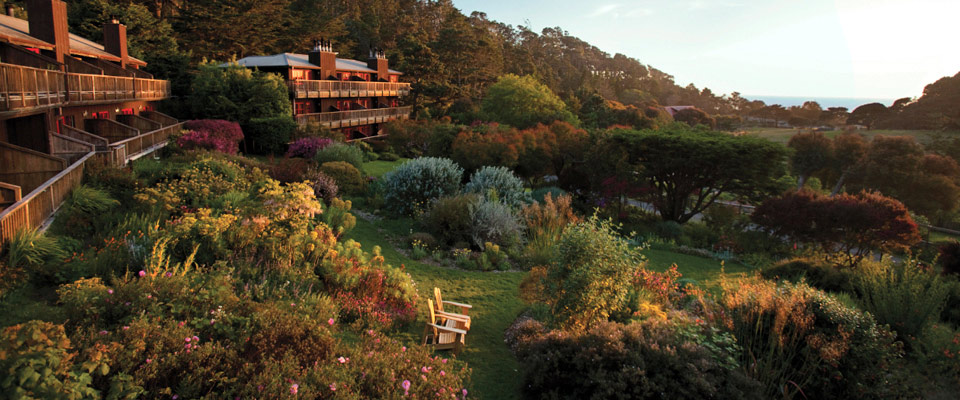
A hippie hideaway during the 1970s, trendy Mendocino is now one of the fastest growing places in California — a big challenge for a community devoted to environmentalism and sustainability. Luckily, the Stanford Inn by the Sea, a pet-friendly resort nestled on the stunning coastline, remains an oasis. Though small, this ecological reserve offers its visitors a wide range of earth-friendly activities, including canoeing and cycling. The Inn is also home to The Ravens, a vegan restaurant specializing in local and organic food, and one of the area’s most popular and successful restaurants.
Tortugas Ecological Reserve
Florida, U.S.A.
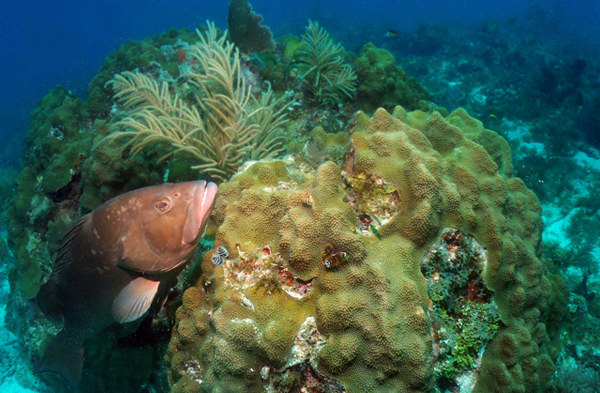
Located at the westernmost part of the Florida Keys, Tortugas Ecological Reserve is a beautiful and diverse habitat of seagrass beds and reefs. Tortugas, and especially its Florida Keys National Marine Sanctuary, is one of the United States’ last wild ocean places, and therefore very important. As a result of its protection, Tortugas’ coral tends to be fresher, while more than 400 species of fish and around 40 species of shark live here.
Witless Bay Ecological Reserve
Newfoundland and Labrador, Canada
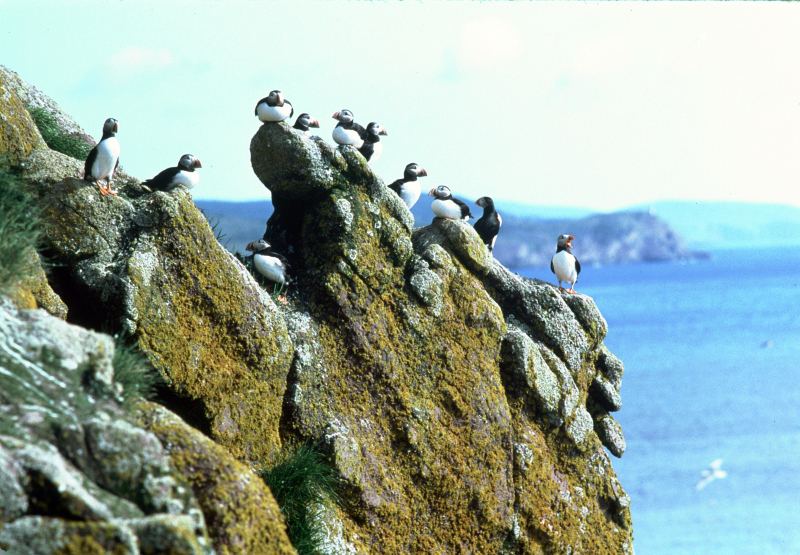
Consisting of four islands — Gull Island, Green Island, Great Island, and Pee Pee Island — Witless Bay Ecological Reserve is best known as the home of North America’s largest Atlantic puffin colony. During breeding season each year (roughly April through September), a controlled number of tourists are allowed to briefly visit the islands where they can catch a glimpse of the more than 500,000 puffins who nest there. This amazing ecological reserve also hosts thousands of black-legged kittiwakes, common murres, and the world’s second largest colony of Leach’s storm-petrels.
Wrangell-St. Elias National Park
Alaska, U.S.A.
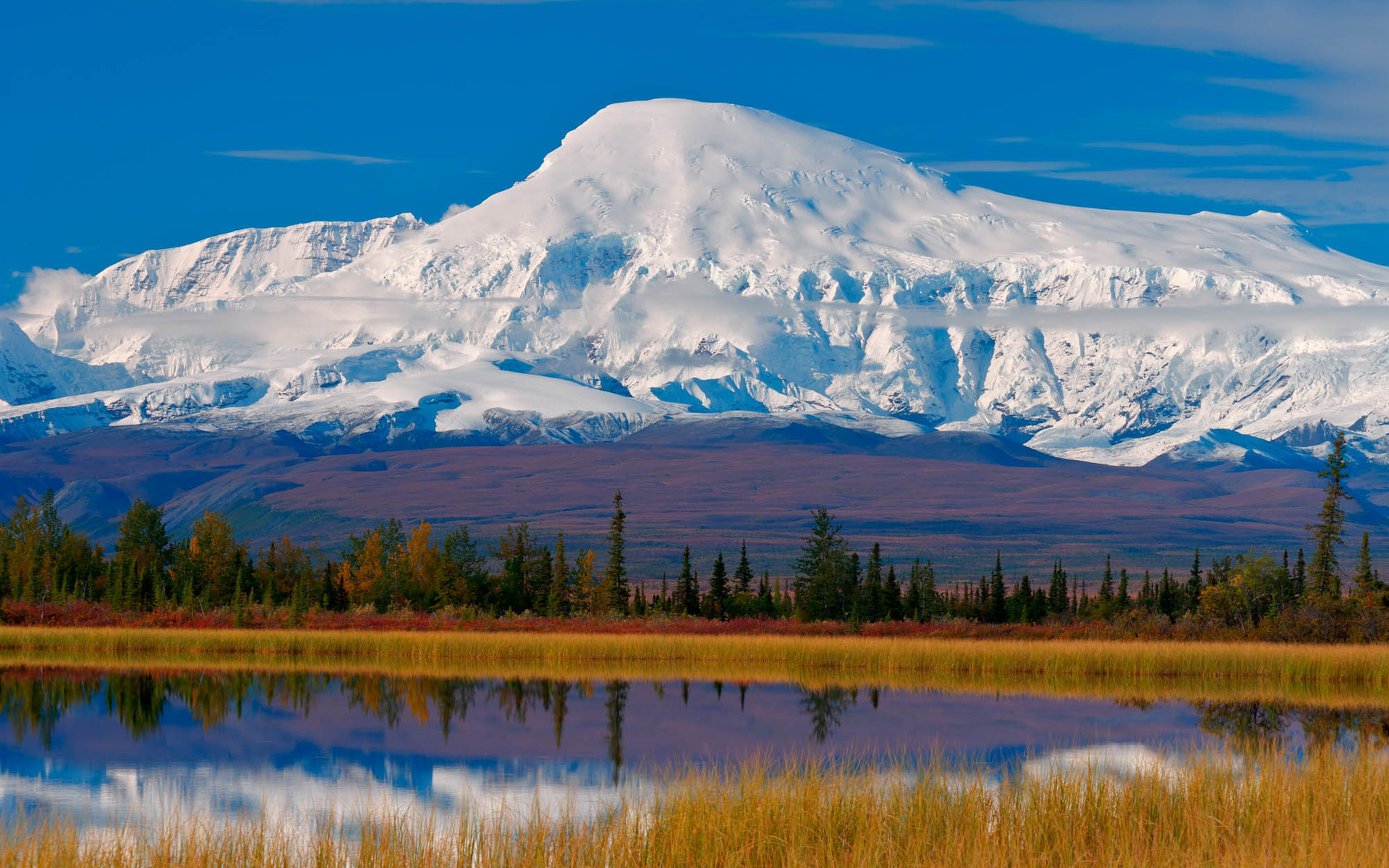
Alaska’s Wrangell-St. Elias National Park is the U.S.’s largest national park — indeed, it’s larger than nine states! Besides boasting the second highest mountain in both Canada and the U.S., plus nine of the 16 highest mountains in America, Wrangell-St. Elias is home to dozens of unique and/or threatened plants and animals. It is for these reasons (not to mention its overwhelming beauty) that Wrangell-St. Elias was named both a U.S. National Park and a UNESCO World Heritage Site.
Yellowstone National Park
Wyoming, U.S.A.

Amazing Yellowstone National Park is the United States’ largest — and easily, most popular — ecological reserve. Located mostly in Wyoming (about 3% of the park is in Montana), Yellowstone was declared a UNESCO World Heritage Site in 1978. Since then, the Park has continued to educate its thousands of annual visitors about the importance of ecotourism and conservation, while also protecting the many endangered animal species living there, including the grizzly bear, gray wolf, wolverine, and bald eagle.
Posted May 2017

